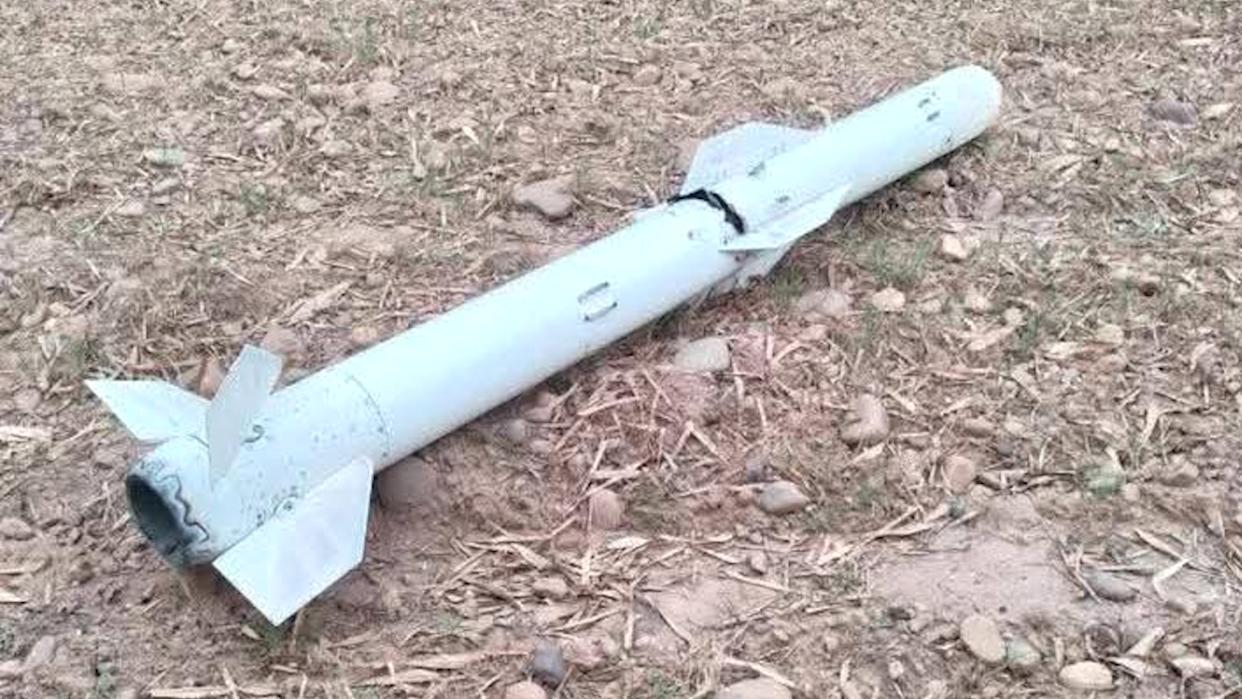Massive failure of Chinese PL-15 missiles, leaves Pakistan Defenseless

Pakistan Air Force fired dozens of PL15E missiles during Operation Sindoor initiated by India. It is a version of Chinese PL15 the mainstay of China’s PLAAF and PLAN. PL 15 has a claimed range of 200- 300 km whereas PL15 E has a reduced maximum launch range of only 145 Km
During the recent India-Pakistan conflict, codenamed Operation Sindoor by India, Pakistan deployed advanced Chinese-origin PL-15 beyond-visual-range air-to-air missiles (BVRAAMs) in an attempt to target Indian assets. However, these missiles failed to achieve their objectives. Indian authorities showcased the wreckage of the PL-15 missile, which was recovered intact or in pieces within Indian territory, as evidence of its failure.
However these PL15E missiles proved to be a total failure. On 7th May the first wreckage of PL15E was recovered in a field near Hoshiarpur town in Punjab.The missile was near intact and now will be dissected threadbare by both IAF and DRDO Scientists. There has been queries from USA, few European Countries and the most interested must be Taiwan. Chinese social media initially ga ga cheering PAF is now cursing the PAF to jahannum and back.
The performance of India’s layered air defence grid, including indigenous systems like the Akash missile combined with Russian S400 successfully neutralized multiple aerial threats, including all the PL15Es.
The multi-layered approach ensured that even if a missile penetrated one layer, subsequent layers intercepted or neutralized it before it could reach its target.
The PL-15 missile found largely intact in Hoshiarpur, Punjab, not only failed to reach and hit its intended target but also failed to explode on ground impact. The missile may have been diverted from its course due to electronic countermeasures deployed by Indian aircraft, causing it to miss its target or malfunction mid-air. The missile’s fall over 100 kilometres inside Indian territory surely indicates te prowess of IAF’s EW capabilities.
This failure also raises questions about the reliability and quality control of Chinese-made weapon systems supplied to Pakistan.
Missiles like PL-15 are expected to have a self-destruct mechanism to prevent recovery and reverse engineering if it misses its target. The recovery of an intact missile suggests this mechanism also failed, providing DRDO with a valuable opportunity.
The PL-15 going dud like the American missiles fired by PAF F 16s in 2019 post Balakot in real combat scenario is a setback for both Pakistan’s air combat strategy and China’s defence equipment.
The supply if PL15E also underscores the growing military-technological partnership between China and Pakistan, but also exposes vulnerabilities in the Chinese advanced weaponry.
This failure of Chinese very advanced missiles not only highlights the robustness of India’s defensive capabilities but also exposes reliability concerns regarding Chinese-supplied advanced weaponry to Pakistan and to other global customers.




